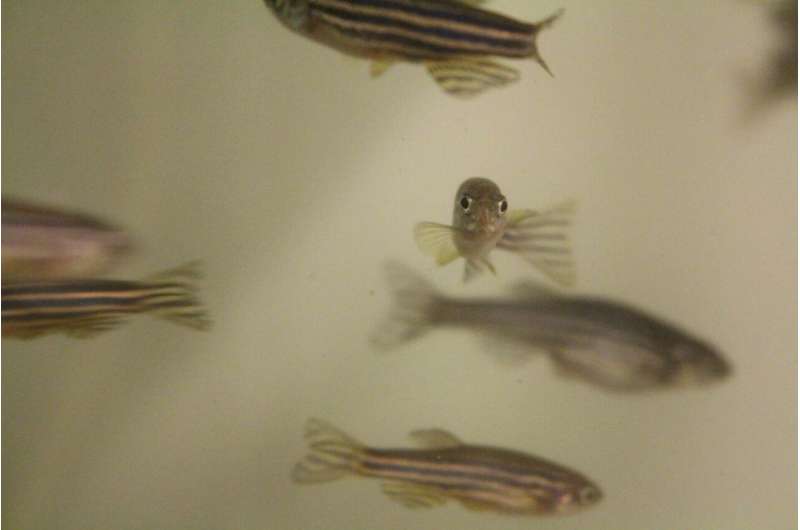Fishing can disrupt mating systems

In many fish species body size plays an important role in sexual selection. Large individuals are preferred mating partners because they can enhance offspring survival by providing better quality resources than small individuals. While large females and males are often favored by sexual selection, fishing targets and removes these reproductively superior individuals. Academy Research Fellow Silva Uusi-Heikkilä discusses in her recent literature review the implications fisheries selection might have on sexual selection, individual reproductive success and population viability.
Sexual selection depends on the advantage certain individuals have over other conspecifics. It creates important filters for reproductive success and can consequently increase fitness and population viability. A large male can provide more intensive care for the developing offspring than a small male and is therefore preferred by a female. A large female salmon, on the other hand, is more fecund than a small one and attracts multiple males. Sexual selection in fish has been studied using model species, such as the guppy, zebrafish and three-spine stickleback.
"Zebrafish females prefer a large male as a mating partner and releases more eggs for him compared to a small male. In some species females also produce higher quality eggs towards large males," says Academy Fellow Silva Uusi-Heikkilä from the University of Jyväskylä.
Fisheries often remove the largest individuals from the population, thus working in the opposite direction of sexual selection. The effects of fisheries selection on sexual selection has received relatively little attention.
"Studying mate choice in natural conditions can be challenging," says Uusi-Heikkilä.
Therefore, the mating systems of many commercially valuable fish species are poorly known, perhaps excluding cod and salmon. Experimental studies have revealed a great deal about cod mating systems. Salmon, on the other hand, spawn in their home rivers, where it is easier to observe mate choice and mate competition compared to the great depths of the oceans where many commercially important fish species spawn.
Uusi-Heikkilä points out that we should focus more on how size-selective fisheries affect fish mating systems, how persistent these effects are and how this might affect population growth, viability and resilience.
"Large females and males often have higher reproductive success than small ones. Thus, size-selective fisheries may impair population growth. It is tempting to think that sexual selection could buffer the adverse effects of fishing and rescue exploited populations. This is not going to happen if there are no large females and males left. Overall, if fishing reduces body size variation in a population, sexual selection cannot operate effectively," concludes Uusi-Heikkilä.
More information: Silva Uusi‐Heikkilä, Implications of size‐selective fisheries on sexual selection, Evolutionary Applications (2020). DOI: 10.1111/eva.12988
Provided by University of Jyväskylä

















